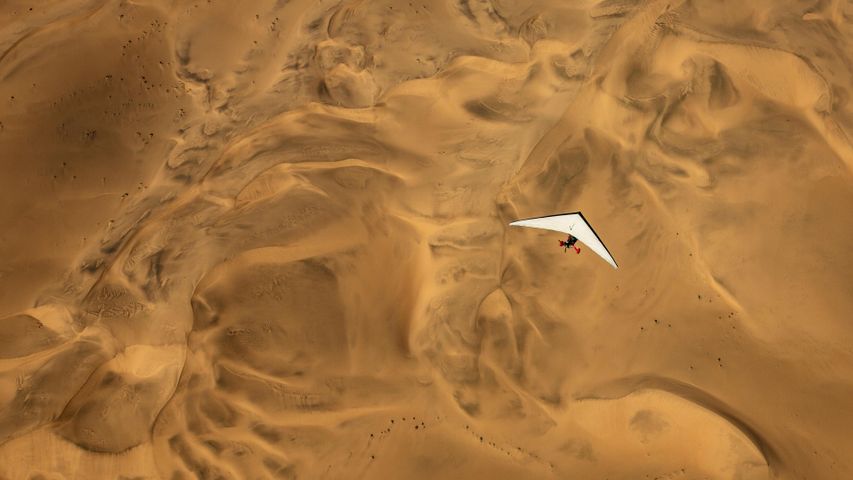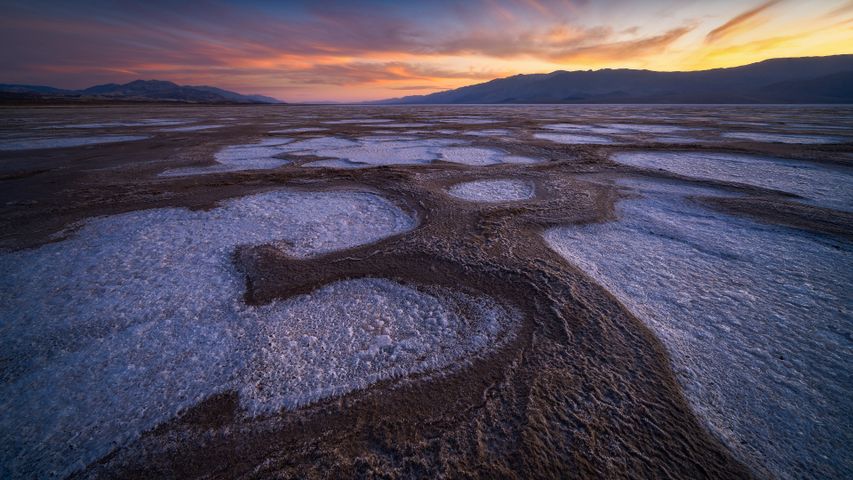Gypsum sand dunes, White Sands National Park, New Mexico
© Grant Kaye/Cavan Image
Sands of time
At a quick glance, you might mistake these dunes for massive snowdrifts. Although they do make for great sledding, the tiny crystals that form the dunes at White Sands National Park are not snow or ice but gypsum, a soft mineral often used to make plaster and chalk. The dune field became a national monument on this day in 1933 with a proclamation by President Herbert Hoover, which set aside nearly 150,000 acres for preservation. Recently, on December 20, 2019, President Trump signed legislation making it the 62nd designated national park in the National Park System.
The pearly sands compose the largest gypsum dune field in the world but cover just a fraction of southern New Mexico's Tularosa Basin. About half of this vast desert valley is occupied by White Sands Missile Range. The active military installation—the US's largest by area—surrounds the national park and includes the Trinity nuclear test site, where the first atomic bomb was detonated in 1945. That event altered the course of humanity's future, but the White Sands region is also defined by echoes from our very distant past: recently, scientists have used radar technology to zero in on prehistoric human, mammoth, and giant sloth footprints buried long ago beneath the shifting sands.
Related Images
Bing Today Images





 Mesquite Flat Sand Dunes in Death Valley National Park, California
Mesquite Flat Sand Dunes in Death Valley National Park, California
 An ultralight aircraft flying over the sands of Namibia
An ultralight aircraft flying over the sands of Namibia
 Sandstone formations in the badlands near Caineville, Utah
Sandstone formations in the badlands near Caineville, Utah
 Lake Tyrrell, Victoria, Australia
Lake Tyrrell, Victoria, Australia
 Rock formations and sand dunes in the Sahara, Tassili n’Ajjer, Algeria
Rock formations and sand dunes in the Sahara, Tassili n’Ajjer, Algeria
 Last rays of sun on a group of dunes, Sahara, Algeria
Last rays of sun on a group of dunes, Sahara, Algeria
 Salt flats in Badwater Basin, Death Valley National Park, California
Salt flats in Badwater Basin, Death Valley National Park, California

